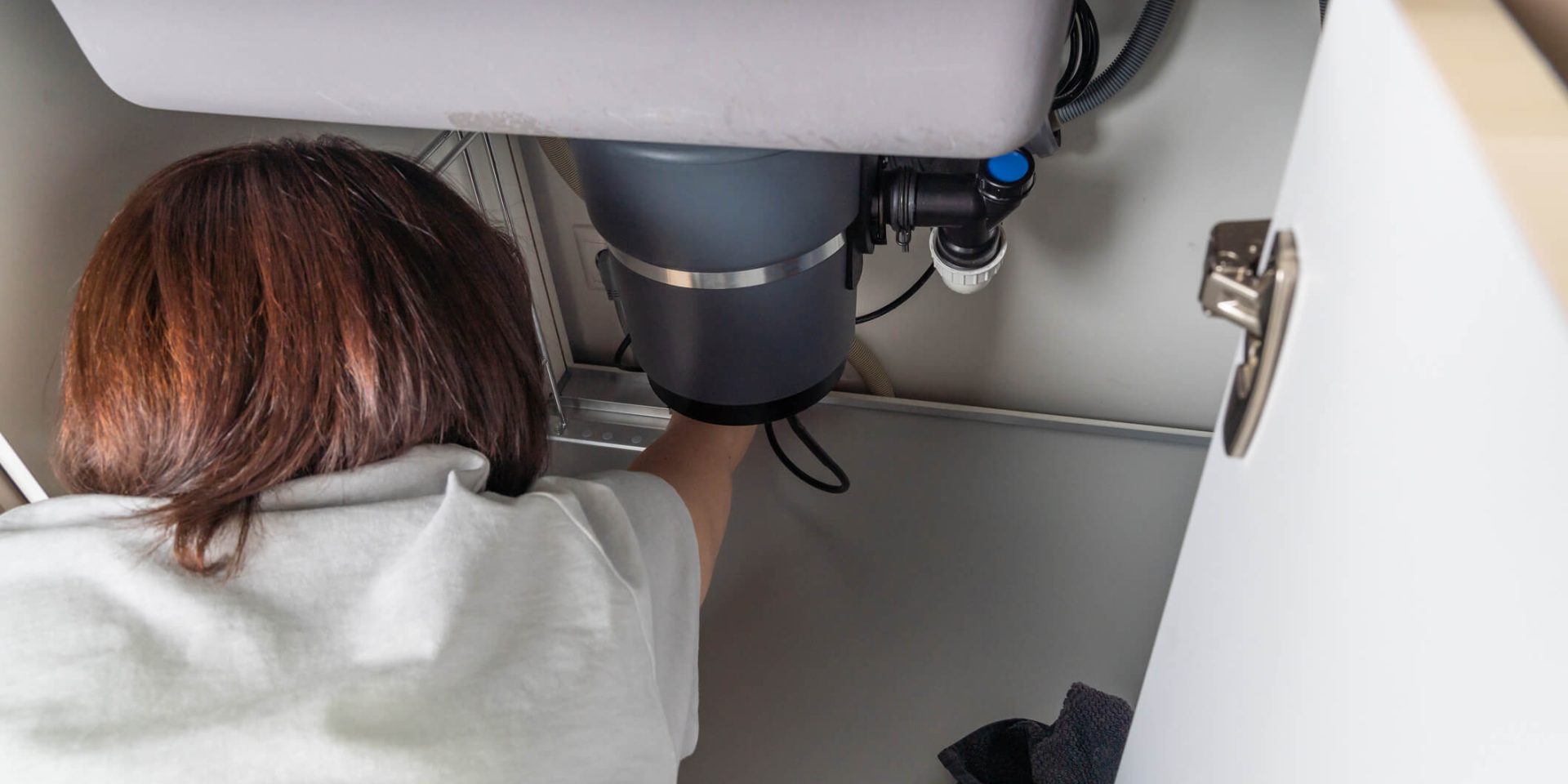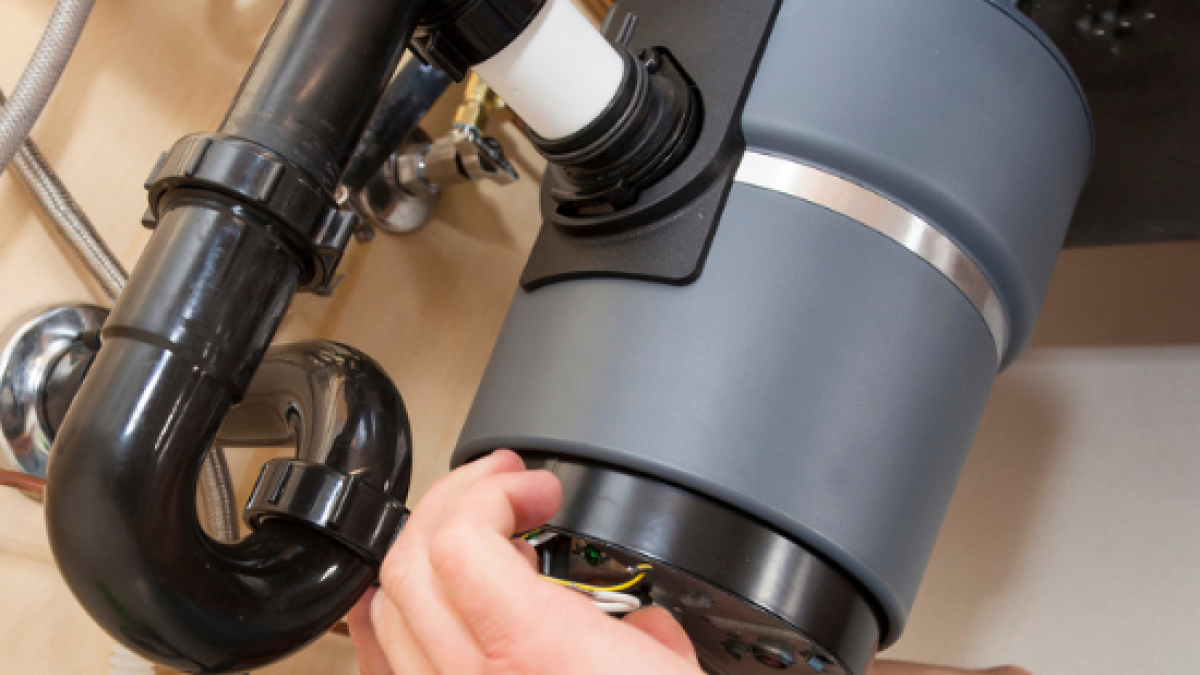Best Methods for Resolving a Leak in Your Garbage Disposal
Best Methods for Resolving a Leak in Your Garbage Disposal
Blog Article
How do you feel with regards to Why Is My Garbage Disposal Leaking From the Bottom??

Garbage disposals are important kitchen area devices that aid in disposing of food waste efficiently. However, a dripping garbage disposal can be an irritating and untidy issue to deal with. Luckily, numerous leaks can be dealt with quickly with a few simple steps. In this post, we will certainly go over just how to take care of a dripping waste disposal unit properly.
Introduction
Waste disposal unit are mounted under cooking area sinks and are designed to shred food waste right into smaller items, permitting it to travel through the plumbing system conveniently. While these devices are usually dependable, leaks can take place with time due to wear and tear, loose links, or damage to the system.
Usual Causes of Leaks in Trash Disposals
Worn Seals and Gaskets
Seals and gaskets play a critical function in preventing water from dripping out of the garbage disposal. Gradually, these elements can weaken, resulting in leakages around the disposal system.
Loose Connections
The links between the waste disposal unit and the pipes system can end up being loose over time, causing water to leakage out during procedure.
Cracks or Openings in the Disposal Unit
Physical damages to the waste disposal unit, such as splits or openings in the real estate, can also result in leaks.
Determining the Resource of the Leak
Prior to trying to repair a dripping garbage disposal, it is necessary to recognize the source of the leak. This can generally be done through aesthetic assessment or by conducting easy examinations.
Visual Examination
Check the garbage disposal system carefully for any type of indications of water leakage. Pay very close attention to areas around seals, gaskets, and connection points.
Examining for Leakages
One way to test for leakages is by running water via the disposal system and checking for any type of noticeable signs of leak.
Devices and Products Needed for Taking Care Of a Leaking Waste Disposal Unit
Prior to beginning the repair procedure, gather the required tools and products, including a screwdriver, flexible wrench, plumbing professional's putty, substitute seals or gaskets, and epoxy or patching product for repairing cracks or holes.
Step-by-Step Guide to Fixing a Dripping Waste Disposal Unit
Turn Off the Power
Before attempting any kind of repairs, ensure that the power to the garbage disposal device is turned off to prevent the danger of electrical shock.
Situate the Leak
Identify the exact location of the leak and figure out the reason.
Tighten Connections
Utilize a wrench to tighten any loosened links in between the disposal system and the plumbing system.
Replace Seals or Gaskets
If the leak is because of used seals or gaskets, get rid of the old elements and change them with new ones.
Patching Cracks or Openings
For splits or holes in the disposal unit, usage epoxy or a suitable patching material to seal the broken location.
Testing the Waste Disposal Unit After Repair
Once the repair is total, check the garbage disposal by running water with it to ensure that the leakage has actually been solved.
Preventive Maintenance Tips to Stay Clear Of Future Leakages
To prevent future leaks, it is important to execute routine maintenance on your waste disposal unit. This consists of keeping it tidy, avoiding placing non-food products or hard items down the disposal, and occasionally looking for leakages or other issues.
Conclusion
Finally, dealing with a dripping garbage disposal is a reasonably simple process that can be completed with standard devices and materials. By following the steps described in this article and practicing preventive upkeep, you can maintain your garbage disposal in good working condition and avoid pricey repairs in the future.
What to Do About a Leaking Garbage Disposal
A leaking garbage disposal often goes unnoticed until you confront a sopping cabinet, a foul-smelling puddle, or an audible drip-drip-drip from the unit. The fix can be frustrating, too, because the leak can stem from a number of components in the system. Fortunately, with a little sleuthing, you can zero in on the leak and—depending on the exact location—stop the icky oozing and repair the component that caused it. Worst case scenario, if it turns out that the garbage disposal must be replaced, installing a new one is a reasonable do-it-yourself task for those with basic plumbing skills. Read on to keep the cash you’d otherwise hand over to a pro.
Prepare to find the leak
Prior to testing the garbage disposal for leaks, unplug it at the wall outlet and turn off the power from the breaker box to prevent electrical shock. Then insert a watertight sink stopper into your sink drain and wipe the unit dry with a clean cloth. In any handy container, mix a few drops of food coloring into a few cups of water, and pour the dyed water onto the sink stopper to help you locate the leak.
Investigate the source
the top, where the disposal meets the sink drain the side, where the dishwasher hose or main drain pipe connects to the disposal or the bottom of the unit Inspect each of these locations while gliding a light-colored rag over the unit; the dyed water will readily show on the rag and reveal the location of the leak. If a leak isn’t immediately apparent, remove the sink stopper and pour a few more cups of dyed water down the sink drain, then check for leaks again. Leaks near the top of the unit are more likely to show themselves while the sink is plugged, while side and bottom leaks are more noticeable while the sink is unplugged.
The metal sink flange that sits directly inside the sink drain is typically sealed around the top with plumber’s putty (a clay-like sealant) and then secured from under the sink with bolts. If the plumber’s putty deteriorates, or the bolts loosen, the flange can no longer form a watertight seal between the sink drain and the disposal—which could cause a leak at the top of the unit.
To reseal the leaky flange, you must first detach the garbage disposal. Start by loosening the screws securing the main drain pipe to the disposal, then loosen the screws in the metal clamp securing the dishwasher hose to the disposal and detach the drain pipe and dishwasher hose from the disposal. Loosen the screws in the mounting ring that connects the disposal to the metal mounting assembly beneath the sink, then pull down the disposal and carefully set it on a clean, dry surface. Loosen the bolts in the mounting assembly with a wrench, then pull down the mounting assembly and set it near the disposal.

I'm very taken with Why Is My Garbage Disposal Leaking From the Bottom? and I really hope you appreciated my entry. Sharing is good. One never knows, you could be helping someone out. We enjoy reading our article about How to fix a pretty consistent leak from my garbage disposal.
Suggested Site Report this page